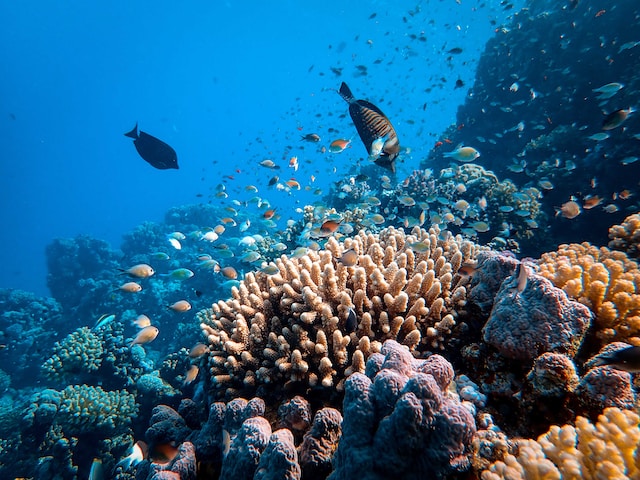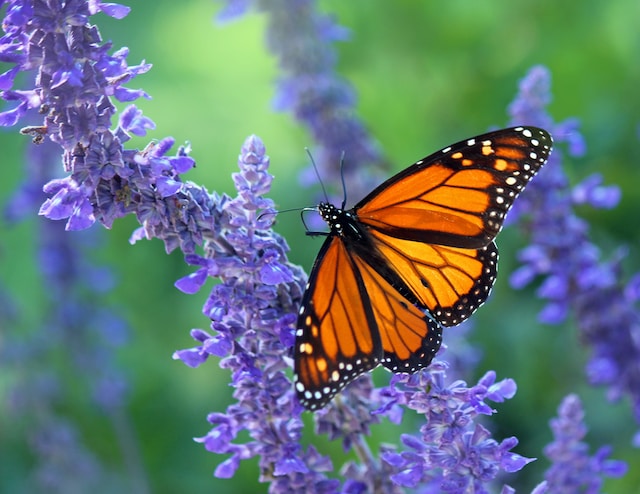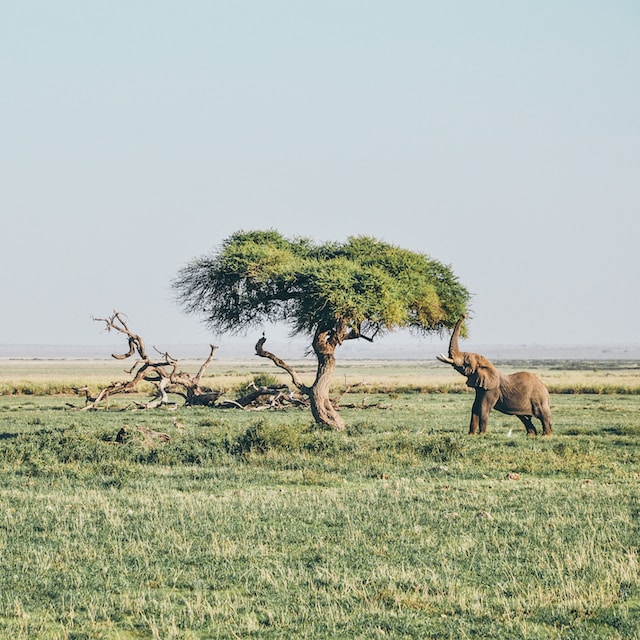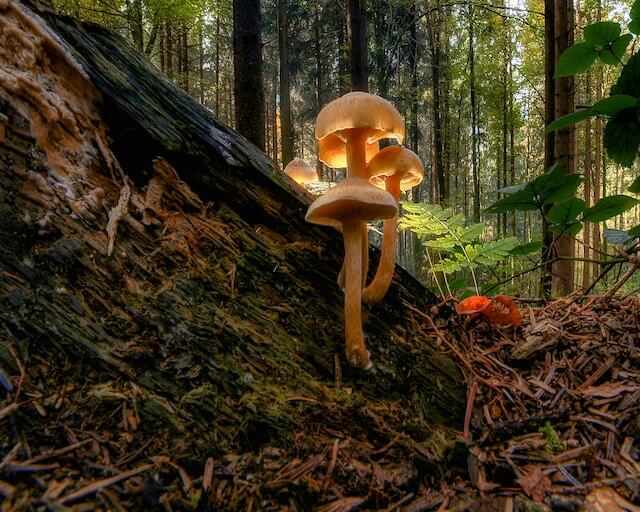
In the vast and wondrous world of nature, there exist countless species and habitats that collectively form a web of life that sustains us all. Biodiversity, the variety of living organisms and the habitats in which they live, is a precious and irreplaceable treasure that we must protect with all our might. And there is no better time to strengthen our commitment towards biodiversity preservation.
From the towering trees of the Amazon rainforest to the tiny microbes that inhabit the soil beneath our feet, each and every living thing plays a vital role in shaping the natural world that we call home. Yet, despite their incredible diversity and intrinsic value, many species are disappearing at an alarming rate. Human activities, including deforestation, overfishing, pollution, and climate change, are driving countless plant and animal species towards extinction, threatening to unravel the intricate tapestry of life that is woven across the Earth.
If we fail to act now to preserve biodiversity, we risk losing much more than just the beauty of nature; we risk compromising our own survival. The health of the planet’s ecosystems is closely linked to our own health and well-being, and our fate is intimately tied to the fate of the natural world.
Thankfully, there is still hope. Every one of us has a role to play in biodiversity preservation, whether it is by reducing our carbon footprint, supporting conservation efforts, or simply learning more about the incredible diversity of life that surrounds us. Together, we can work towards a future where every species and habitat, no matter how small or seemingly insignificant, is cherished and protected for generations to come.
So let us all join hands and pledge to safeguard the biodiversity that sustains us all. For in doing so, we not only protect the countless species and habitats that make our world so wondrous, but also secure a brighter, healthier, and more resilient future for ourselves and for generations to come.
Here are some specific examples of species and what might happen if they go exinct, and why they might go extinct.
The magnificent monarch butterfly, known for its vibrant orange and black wings, is one of the most iconic and beloved species on our planet. Sadly, the monarch is threatened by habitat loss and the widespread use of pesticides and herbicides, which kill off the plants that the butterfly’s larvae feed on.

Without urgent action to protect its breeding grounds, reduce pesticide use and implement sustainable farming practices, the monarch butterfly may disappear from many parts of North America, robbing us of its beauty and significance.
The coral reefs of the world, also known as rainforests of the sea, are teeming with life and color. But these fragile ecosystems, Australia’s famous Great Barrier Reef included, are under threat from bleaching due to climate change, overfishing, pollution, and destructive fishing practices. As the reefs die off, so too do the fish, sharks, and other marine creatures that call them home. Moreover, coral reefs provide livelihoods and natural barriers that protect thousands of coastal communities from storms, flooding, and erosion. If we don’t take immediate action to reduce our carbon emissions, protect marine areas, and promote sustainable fishing practices, many coral reefs may disappear within our lifetime, causing widespread ecological and economic devastation.

The majestic African elephant, with its long trunk and magnificent tusks, is one of the largest and most intelligent animals on Earth. But despite being a symbol of strength and dignity, elephants are facing multiple challenges including habitat loss, poaching for ivory, human-elephant conflict, and climate change.
The African elephant population has already declined by more than 30% over the past decade, and if the current trend continues, these gentle giants may disappear from the wild altogether, leaving a void that cannot be filled.
Even small and not-famous areas, like the Quad Cities, have biodiversity worth protecting, like the mussels in the Mississippi river, which were economically valuable in the button-making industry.
These examples are just a few of the thousands of species that are threatened with extinction due to human activities. By working together biodiversity preservation, we can ensure a sustainable and thriving future for all life on Earth. Let us make our voices heard and take action to preserve the incredible richness and beauty of the natural world that surrounds us.
What is biodiversity?
Biodiversity refers to the variety of living organisms and the ecosystems in which they live. It encompasses everything from the smallest microbe to the largest elephant, and from the tiniest blade of grass to the tallest tree.
Biodiversity also includes the genetic diversity within species, the diversity of different habitats, and the complex interactions between species and their environments. In short, biodiversity is the foundation of life on Earth, providing us with food, medicines, clean air and water, and many other benefits.

Why is biodiversity important?
Biodiversity is important for a multitude of reasons. First and foremost, it is the foundation of all life on Earth, providing essential ecosystem services like pollination, nutrient cycling, and water purification, which enable us to survive and thrive. Biodiversity also has important cultural and aesthetic values, enriching our lives with its beauty, diversity, and wonder. It is a source of inspiration for art, literature, and spirituality, and plays an important role in shaping our cultural identities and sense of place in the world. Additionally, biodiversity has economic value, providing livelihoods for millions of people and supporting industries like agriculture, fisheries, and tourism. In short, biodiversity is essential for our health, well-being, and prosperity, and we cannot afford to lose it.


